Covering Ground
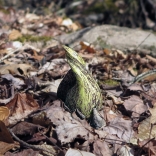 Native Shrubs Offer Blossoms, Month by Month
Native Shrubs Offer Blossoms, Month by Month
Who'd have thought the growing season, and pollinator season, of southern New England starts this early? But it does.
First, there's that funky swamp-life called skunk cabbage. The odiferous blossoms smell mighty good to particular flies and beetles. Those flies offer something to the skunk cabbage, too--pollination.
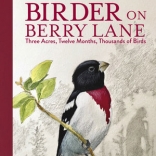 Reviews: A Podcaster, a Blogger, and a Book
Reviews: A Podcaster, a Blogger, and a Book
A long time ago, I saw a tag on a teabag that read, “Calming tea for a nervous world.” I don’t know who wrote that line, but I never forgot it.
I’ve been drinking a lot of tea lately. Luckily I’ve also found a local podcaster, a regional blog, and a book about a neighboring town that help keep me grounded in the workings of the natural world.
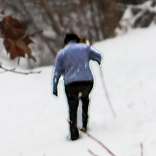 During the Pandemic, More People Are Walking in the Woods
During the Pandemic, More People Are Walking in the Woods
According to the Connecticut Trail Census, our small state has more than 2,000 miles of recreational trails. Those are a lot of miles but, until a few years ago, no one was counting trail usage within the state.
In 2016, though, the Connecticut Trail Census pilot program launched. (See cttrailcensus.uconn.edu.)
 How to Leave Those Ticks in the Woods
How to Leave Those Ticks in the Woods
It’s a sunny 40 degrees outdoors. You decide to take a walk in the woods. It’s winter. Does that guarantee a tick-free walk?
Not quite.
 A Night at the Nature Movies
A Night at the Nature Movies
In search of a good documentary, something that both teaches and entertains? I recently reviewed four that I consider well worth the time of anyone interested in plants, landscapes, nature, and ecology.
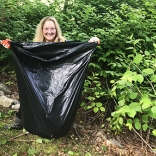 Putting Invasive Knotweed On a Starvation Diet
Putting Invasive Knotweed On a Starvation Diet
Suzanne Thompson didn’t wake up on the first day of 2020 thinking about Japanese knotweed. But, after all, it is 2020—and stranger things have happened than the turn Thompson took in May of that year, when she founded an all-volunteer campaign to fight back at that awful plant.
Says Thompson, “We don’t spray it. We cut it.” Then she adds, “We starve it.”
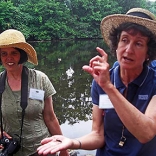 Getting Into the Weeds With Invasive Plant Management
Getting Into the Weeds With Invasive Plant Management
They were innocent-looking seedlings in June, but by the end of August, most weeds are like toddlers on a tantrum—you can't ignore them. Japanese stiltgrass, mugwort, and more all seem to say, "In your face, weed whacker.”
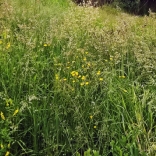 Plant Blindness, a Mower, and One Unfortunate Afternoon
Plant Blindness, a Mower, and One Unfortunate Afternoon
After almost three years of planning and planting, the meadow was coming into its own. The grasses were finally tall and healthy. Flowering plants lit up the field. As a finishing touch, an inviting new walking path had just been created.
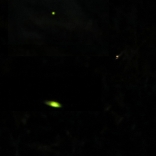 Where did all the fireflies go?
Where did all the fireflies go?
Fireflies, a.k.a. lightning bugs, were a big event at Fourth of July picnics during my western Pennsylvania childhood. Our pack of cousins and siblings ran and yelped through the swarms after dark. Fireflies don’t bite, sting, or make noise, so no one stopped us from chasing the tiny lights while adults picked up the day’s picnic and packed the family automobiles.
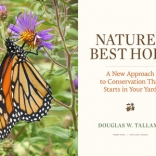 Book Review: Nature's Best Hope by Douglas Tallamy
Book Review: Nature's Best Hope by Douglas Tallamy
Some writers have a way of saying things that helps me "get it" the first time. One of those writers is Douglas Tallamy, the University of Delaware professor, entomologist, and ecologist, whose latest book, "Nature's Best Hope" came out late last year. (Timber Press, 2019).
